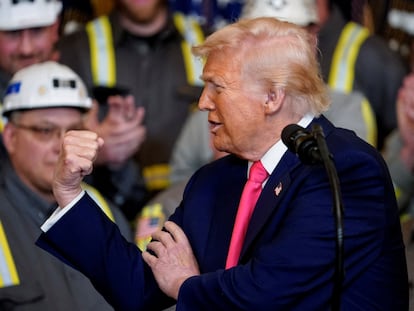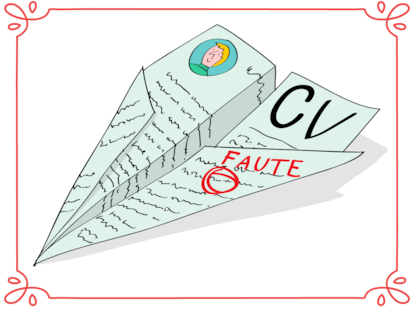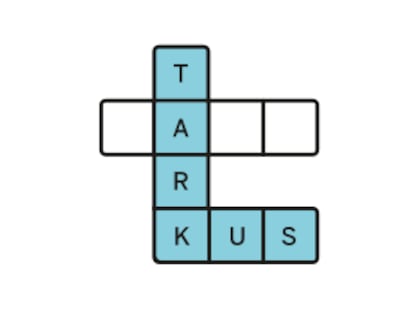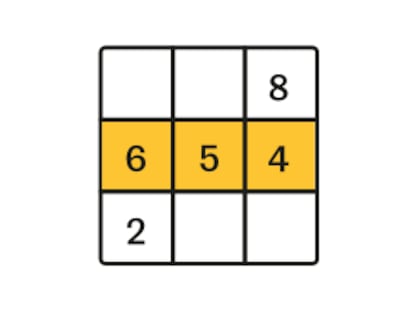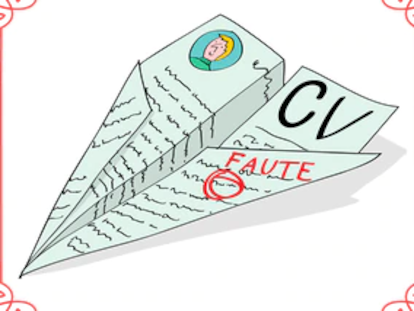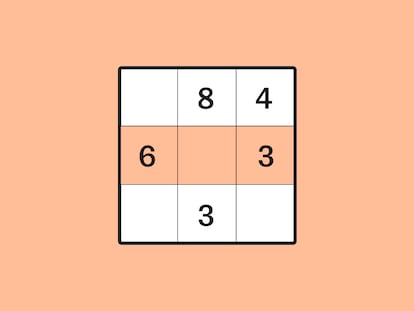China holds firm against Trump and hits US goods with 84% tariffs
Beijing insists it does not want a trade war, but warns Washington that it will not stand idly by
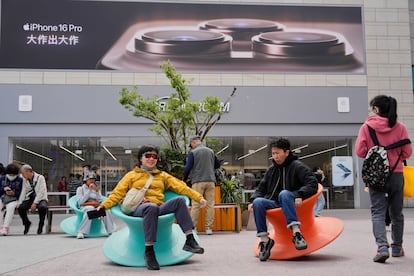

The trade war is intensifying. Just hours after the United States implemented a 104% tariff on Chinese products, Beijing retaliated with a series of forceful countermeasures across multiple sectors. In a move mirroring President Donald Trump’s 50% tariff hike earlier this week — an escalation in response to China’s own measures — Beijing announced it would raise its tariffs on U.S. goods by the same percentage. This brings the Chinese tariff rate from the 34% imposed last week to a striking 84%, according to a statement published by the Ministry of Commerce at around 7 p.m. local time on Wednesday. The new levies are set to take effect on Thursday.
“The U.S. threat to escalate tariffs on China is a mistake on top of a mistake and once again exposes the blackmailing nature of the U.S. China will never accept this,” China’s Ministry of Commerce said.
In addition to the tariff increase, China imposed export restrictions on 12 U.S. companies over concerns that their products could have dual civilian and military applications, and added another six companies to the “Unreliable Entity List,” which allows China to impose punitive measures such as a ban on importing and exporting or investing in China.Beijing has also lodged a new complaint with the World Trade Organization’s dispute settlement body.
Meanwhile, the high-level diplomatic talks that might help de-escalate the dangerous standoff between the world’s two largest economies have yet to materialize.
“If the U.S. insists on further escalating its economic and trade restrictions, China has the firm will and abundant means to take necessary countermeasures and fight to the end,” the Ministry of Commerce wrote in a statement before announcing the tariff hike.
Throughout the day, Chinese officials defended the benefits of global trade, condemned U.S. actions, and justified their own responses — a similar message to their statements from previous days.
“China does not want to wage a trade war, but the Chinese government will never stand idly by and watch the legitimate rights and interests of the Chinese people be harmed or deprived,” the spokesperson added. His remarks coincided with the release of a comprehensive white paper titled China’s Position on Some Issues Concerning China-US Economic and Trade Relations. Published by the State Council, the document aims to “clarify the facts about the economic and trade relations.”
In this measured tit-for-tat, last Friday Beijing countered Washington’s 34% tariff hike with its own identical increase, alongside restrictions on the export of certain rare earth elements. Trump quickly claimed that China had “panicked” and doubled down this week by announcing an additional 50% tariff on Chinese goods. Added to the 20% levied in prior months, the total U.S. tariff now stands at a staggering 104% — well above that applied to any other country.
There was great speculation over how China would respond to Trump’s move. Some local media cited influential Chinese bloggers, who — relying on anonymous sources — suggested that a new blow was being prepared. The South China Morning Post reported that possible targets could include U.S. services sold in China (a sector where the U.S. runs a surplus), Hollywood films, and even the suspension of joint efforts to combat fentanyl trafficking — a crisis that initially sparked Trump’s trade aggression.
Meanwhile, the much-anticipated conversation between the U.S. president and his Chinese counterpart, Xi Jinping, has yet to occur. On Tuesday, the U.S. leader claimed that China “wants to make a deal, badly.” “We are waiting for their call,” he said. No call has come. On Wednesday, Xi made his first public appearance since the latest tariffs were enacted, but he avoided the trade issue.
That appearance took place at the Central Conference on Neighboring Affairs, held Tuesday and Wednesday in Beijing. Flanked by senior Communist Party officials, Xi called for building a “community with a shared future” with neighboring countries, praising current relations as being at “the best moment in modern history.” He emphasized the need for deeper “integration” and stronger cooperation in industrial and supply chains.
The trade war is expected to come up during Xi’s meeting on Friday with Spanish Prime Minister Pedro Sánchez, who is currently touring Asia. Speaking from Vietnam on Wednesday, Sánchez delivered a strong defense of free trade in the face of escalating U.S. tariffs: “No one wins in trade wars; all countries lose. And above all, those who lose the most are the workers and the middle class in our countries.”
So far, China’s official responses have largely come through statements from various ministries. On Wednesday, Foreign Affairs Minister Lin Jian repeated a message delivered earlier in the week, stating that Beijing will not tolerate Washington’s hegemonic and coercive tactics.
“If the U.S. was really willing to talk, its policy of equality and mutual respect would speak for itself,” Lin said. “If Washington decides to ignore the interests of the two countries and the international community and insists on its tariffs and trade wars, China will continue to respond to it.”
Chinese Premier Li Qiang echoed these sentiments during a phone call on Tuesday with European Commission President Ursula von der Leyen. He criticized Washington’s “indiscriminate tariffs” on all its trading partners, including China and the EU.
China and Brussels have been exploring potential areas of cooperation amid the global instability. Li described both parties as “strong advocates of economic globalization and trade liberalization,” and urged closer coordination to “jointly safeguard free and open trade and investment.”
Sign up for our weekly newsletter to get more English-language news coverage from EL PAÍS USA Edition
Tu suscripción se está usando en otro dispositivo
¿Quieres añadir otro usuario a tu suscripción?
Si continúas leyendo en este dispositivo, no se podrá leer en el otro.
FlechaTu suscripción se está usando en otro dispositivo y solo puedes acceder a EL PAÍS desde un dispositivo a la vez.
Si quieres compartir tu cuenta, cambia tu suscripción a la modalidad Premium, así podrás añadir otro usuario. Cada uno accederá con su propia cuenta de email, lo que os permitirá personalizar vuestra experiencia en EL PAÍS.
¿Tienes una suscripción de empresa? Accede aquí para contratar más cuentas.
En el caso de no saber quién está usando tu cuenta, te recomendamos cambiar tu contraseña aquí.
Si decides continuar compartiendo tu cuenta, este mensaje se mostrará en tu dispositivo y en el de la otra persona que está usando tu cuenta de forma indefinida, afectando a tu experiencia de lectura. Puedes consultar aquí los términos y condiciones de la suscripción digital.
More information
Archived In
Últimas noticias
The new language of the workplace: Knowing how to ask AI questions is more important than using it
Christmas loses its festive spirit: ICE fears cast shadow over religious celebrations
‘Sleepless City’: The light of cinema illuminates Madrid’s Cañada Real shantytown
All the effects of gentrification in one corner of Mexico’s Colonia Roma
Most viewed
- Families demand repatriation of bodies of Colombians who died in Ukraine: ‘This war is a slaughterhouse for foreigners’
- The low-cost creative revolution: How technology is making art accessible to everyone
- Liset Menéndez de la Prida, neuroscientist: ‘It’s not normal to constantly seek pleasure; it’s important to be bored, to be calm’
- Christian Louboutin: ‘Young people don’t want to be like their parents. And if their parents wear sneakers, they’re going to look for something else’
- ‘El Limones’ and the growing union disguise of Mexican organized crime

